Need help? Call us:
- Questions? Call us toll-free +1-800-520-5726
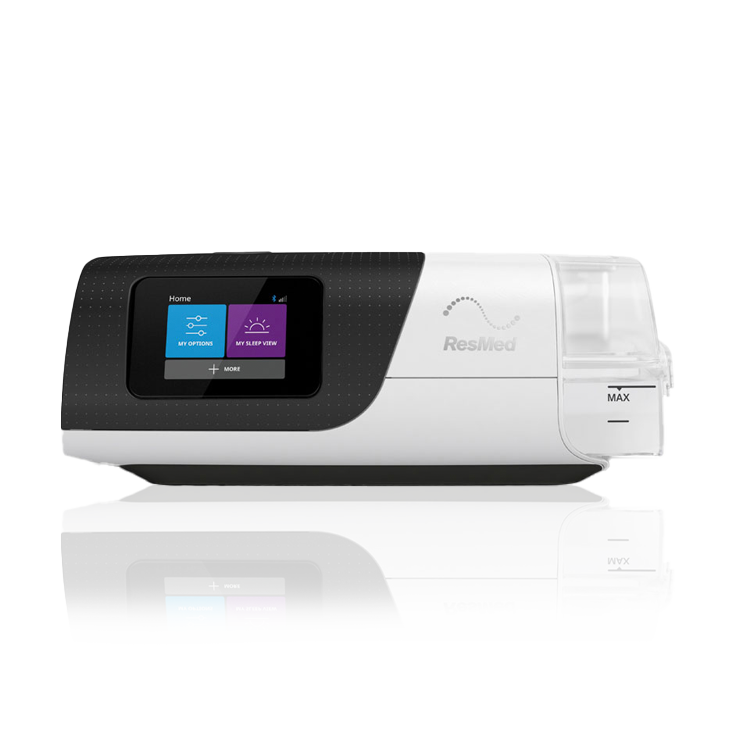
CPAP Masks Finder
Discover your perfect mask fit
- Portable Oxygen
- Home Oxygen
- Oxygen Accessories
- CPAP Machines
- CPAP Supplies
- CPAP Masks
- Mobility
- Bathroom Safety
- Pediatrics
- New Arrivals
5 Common Mistakes Made With Portable Oxygen Concentrators
5 Common Mistakes Made With Portable Oxygen Concentrators
Technology has come a long way when it comes to medical equipment, especially the improvements in oxygen therapy.
Users are no longer required to sit under an oxygen tent or be bedbound: the miniaturization of components in the medical industry has led to smaller, lighter-weight devices that process room air into concentrated oxygen.
And they can do the same with filtered outside air so patients can do things considered unrealistic 40 years ago, such as take a cruise to Alaska or just drive down to the store for groceries.
These amazing machines are sturdy and built to last, but they do have their limits when it comes to the elements, care and handling. Learn how you can take care of your unit so it can take care of you.
5 Common Mistakes Made With Portable Oxygen Concentrators
{{cta(‘155910633031’)}}
Do not store your concentrator where it is exposed to the elements
Consider your portable oxygen concentrator like a family pet: would you keep him out in the cold or rain or locked in a hot car? Your unit runs on batteries, which don’t work well after exposure to extreme heat; and although its electronic components are sealed, your concentrator still needs to be brought in out of the rain or taken in off a snow-covered porch. High humidity levels can also impact your unit’s performance so keep it out of high moisture-content areas, such as a bathroom or near a spa. Oxygen concentrators have sieve beds, which are responsible for filtering nitrogen from the surrounding air and concentrating it into pure oxygen; if water gets into this portion of the unit, it will need to be repaired out-of-pocket by the user.
Do not store anything on top of your concentrator
Don’t use your concentrator as a table or catch-all. This may seem self-evident, but you’d be surprised. Storing things on your concentrator can lead to accidental spills that may damage the concentrator or it may cause the concentrator to overheat.
Do not smoke while using oxygen or around someone using oxygen
Don’t smoke around the device. This may also be fairly obvious to most people, but due to the highly concentrated and pure form of oxygen that these units produce, the risk of any type of open flame is compounded, even something as innocent as a scented candle. Let your friends who smoke know the risks and if you still smoke, never do so right after being on oxygen or you’ll have dragon breath, literally. If you choose to smoke around your portable oxygen concentrator, or allow your friends and family members to smoke around your device you also risk voiding the unit??s warranty. If manufacturers get your unit back for repair and find traces of cigarette smoke in your filters, the warranty will be voided.
Handle your portable oxygen concentrator with care
Avoid dropping your concentrator or mishandling the device and keep it away from the grand kids. These units are small, lightweight and could be mistaken for a toy by the small fry and end up getting banged around. Despite their sturdy nature, they’re not indestructible so keep them well secured when you’re traveling, whether in the trunk of the car or on the floor of the back seat. You can bring them with you on the airplane, just be careful to keep it tucked under the seat or in the overhead bin rather than on your lap or under your feet where it could get kicked around.
Properly secure and store your portable oxygen concentrator
Store your oxygen concentrator properly when not in use. Ideally, keep it in a closet and make sure you have easy access to it for performing suggested maintenance, such as running it at least 24 hours monthly. If it’s been a while since you’ve done this, make sure you wash out the filters to avoid getting any dust inside the unit. Also, take out the batteries to prevent any damage to the lithium-ion cells; and while you’re running the unit each month, remember to rotate the batteries.
{{cta(‘bb357000-de3c-4e5a-98e1-aefcd2f72dfd’,’justifycenter’)}}


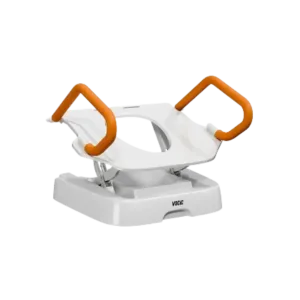
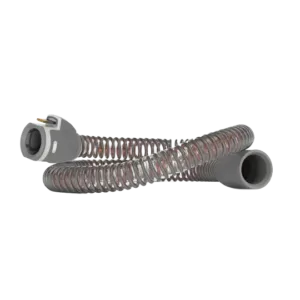
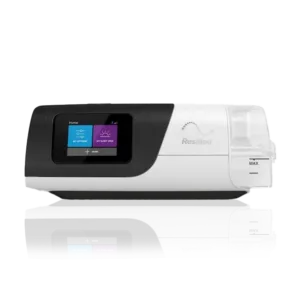
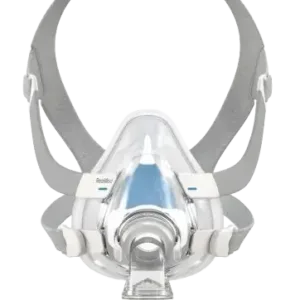
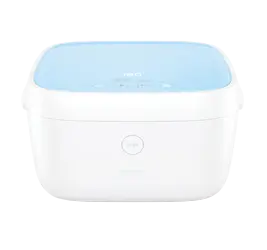

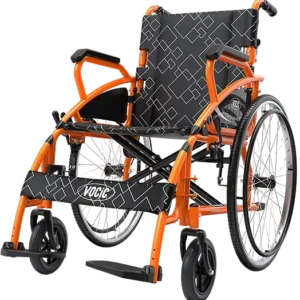
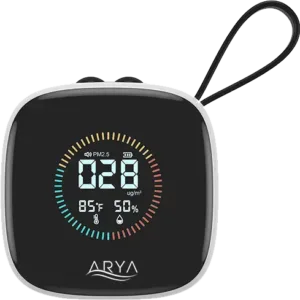
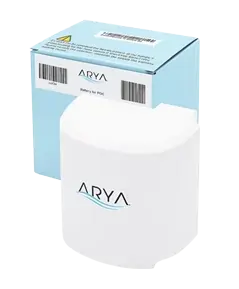
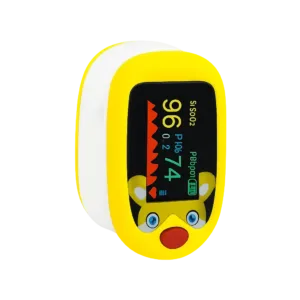
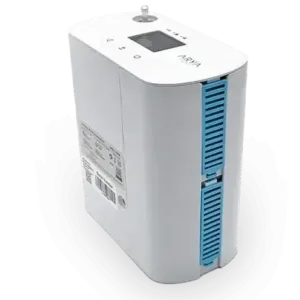






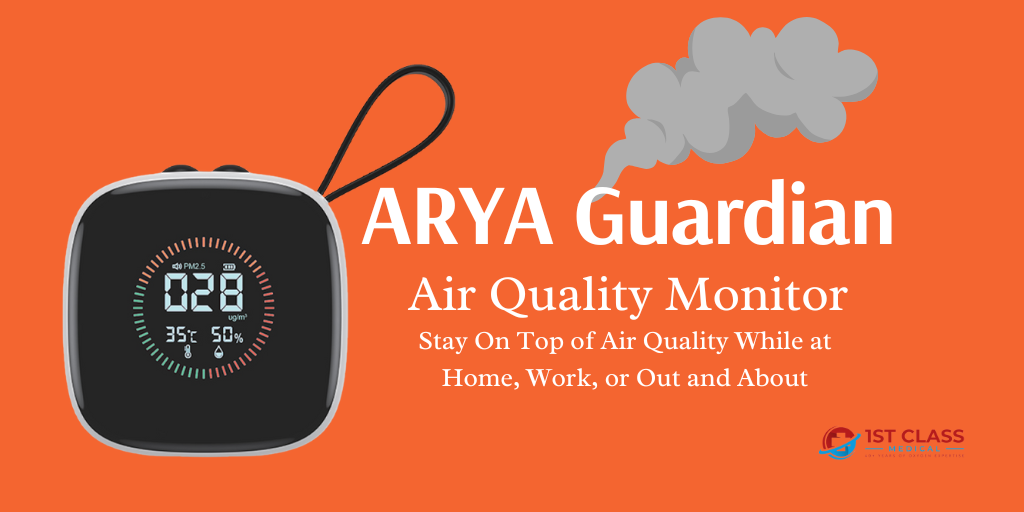

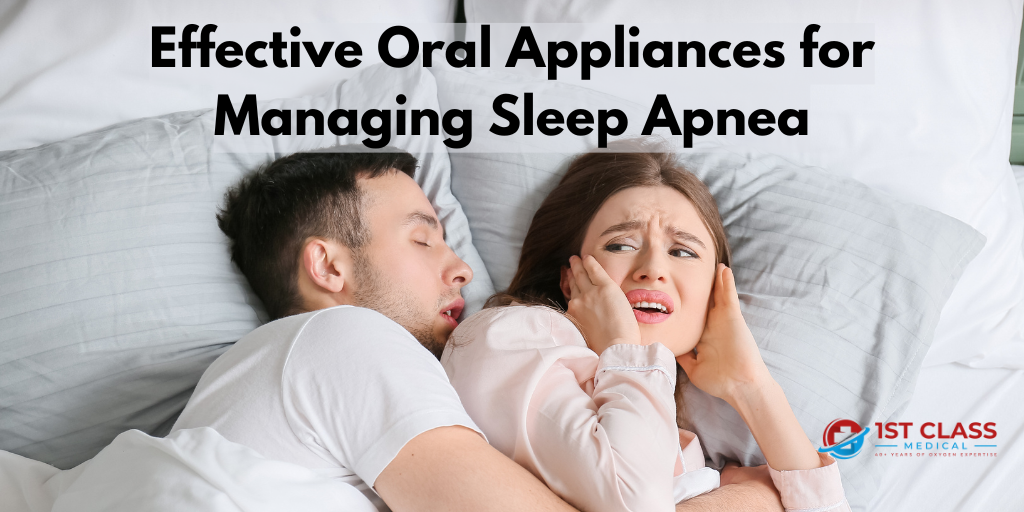
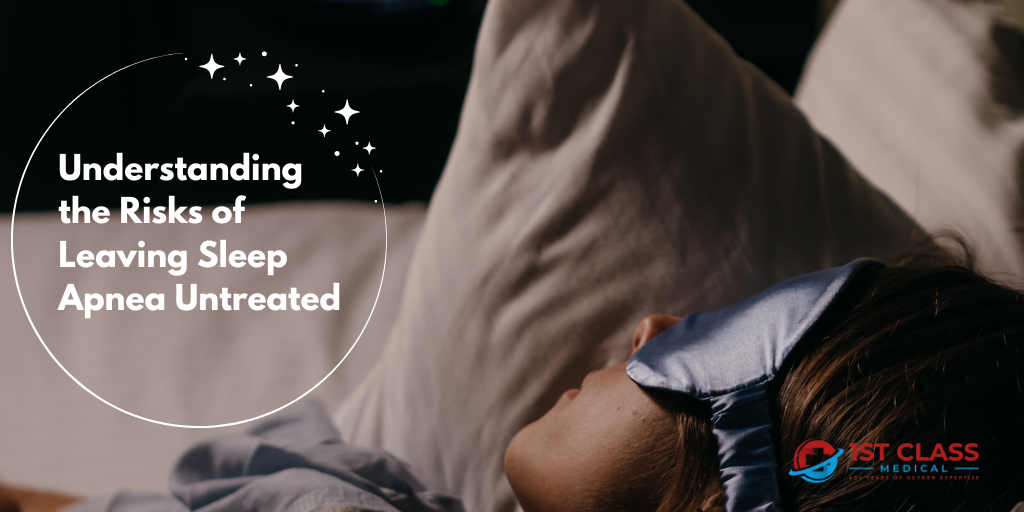


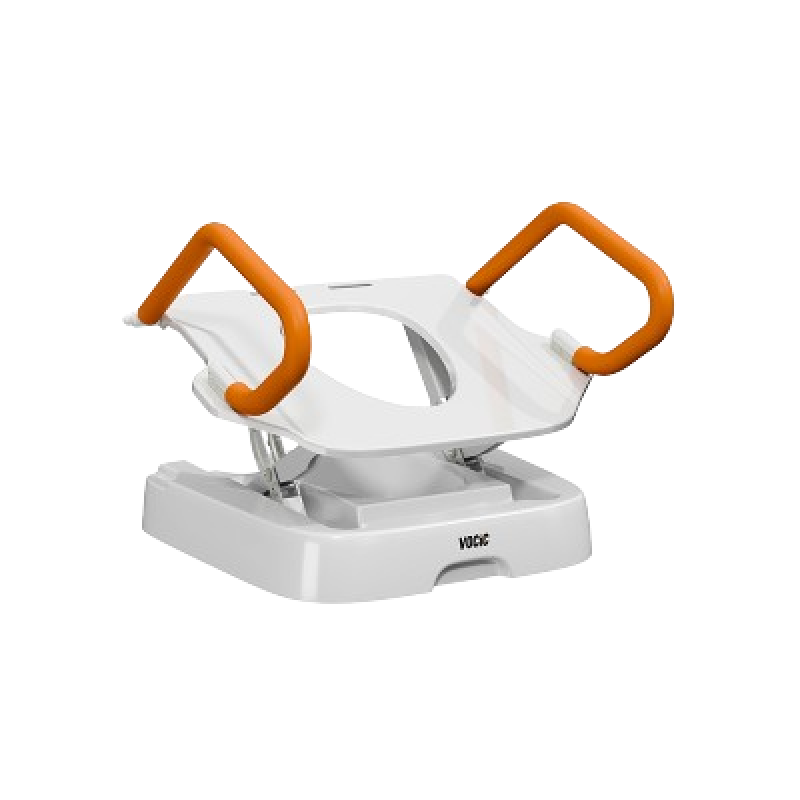
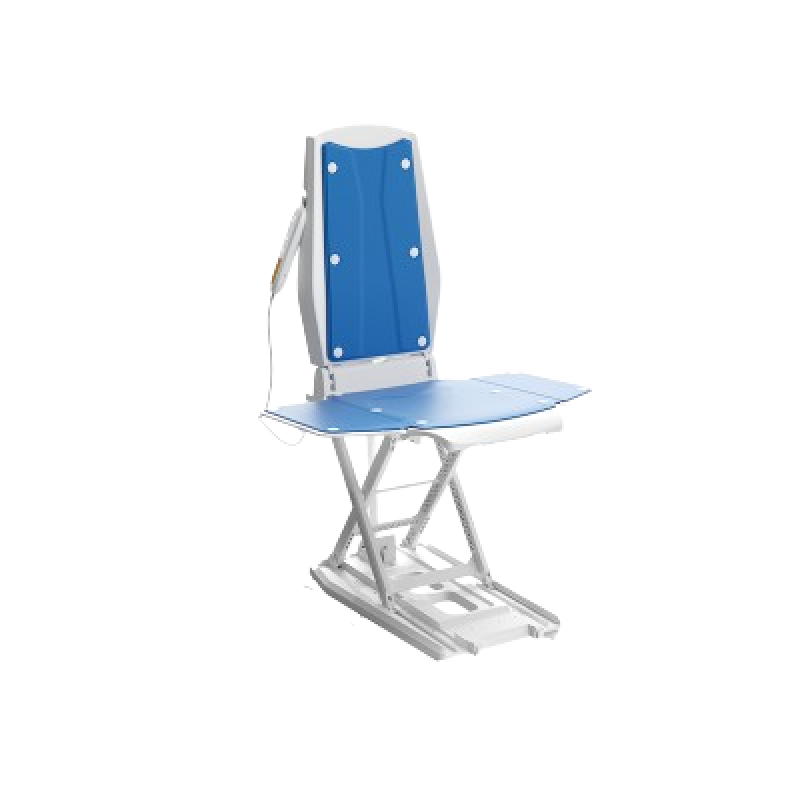
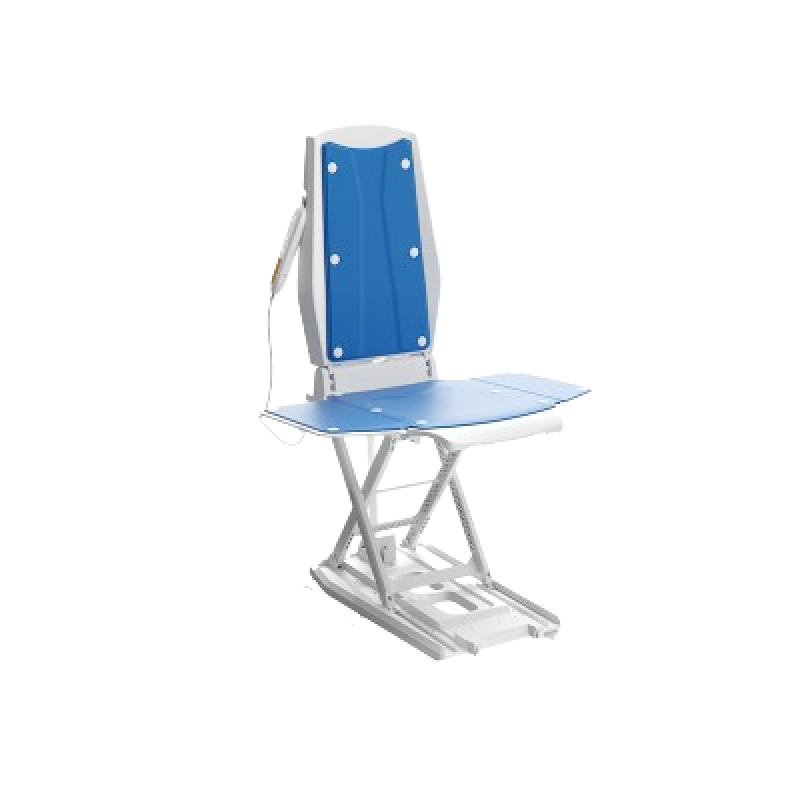
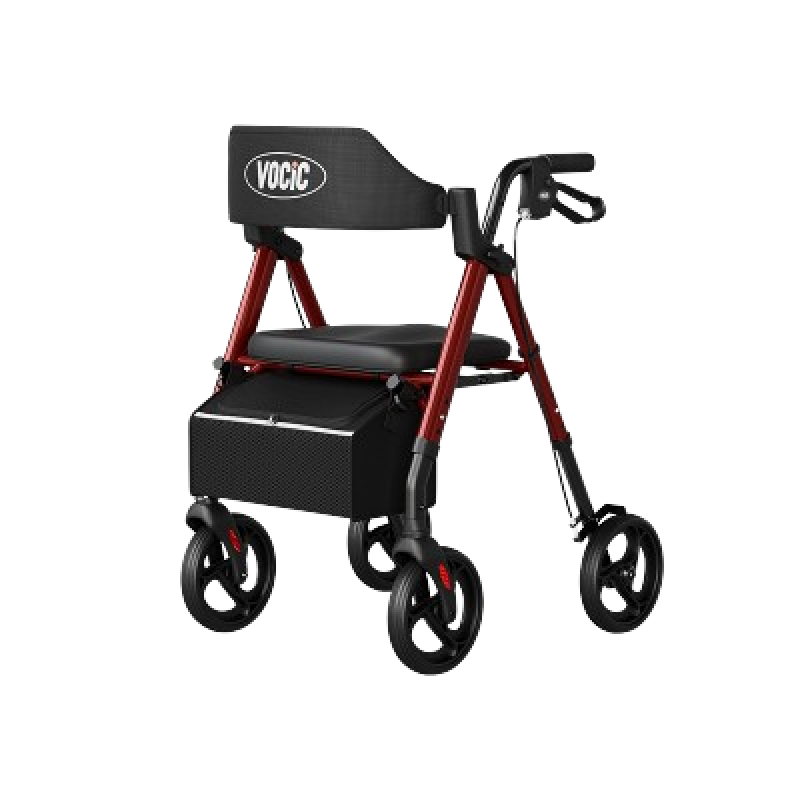
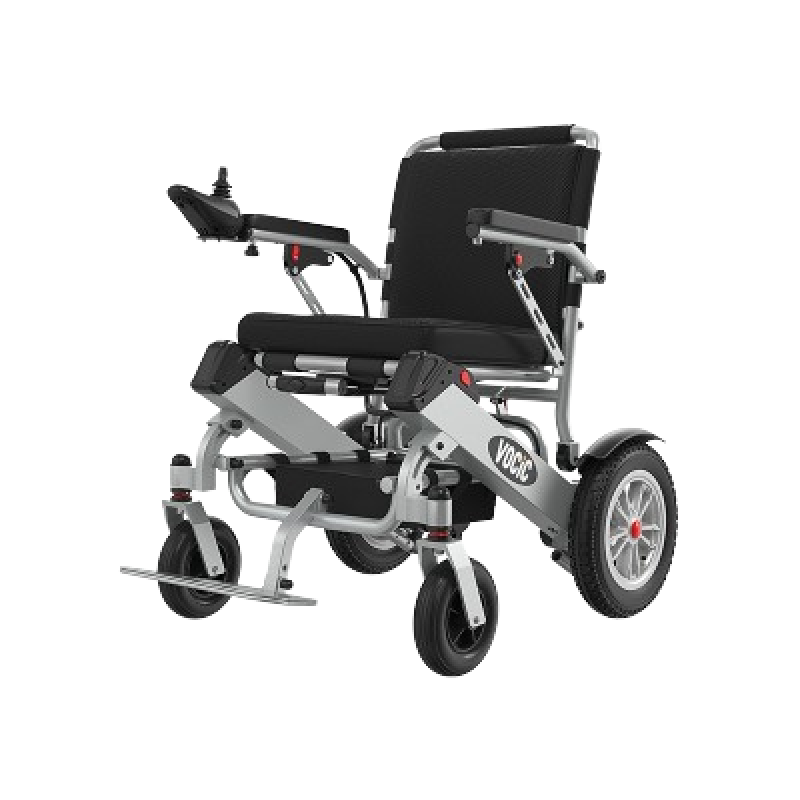


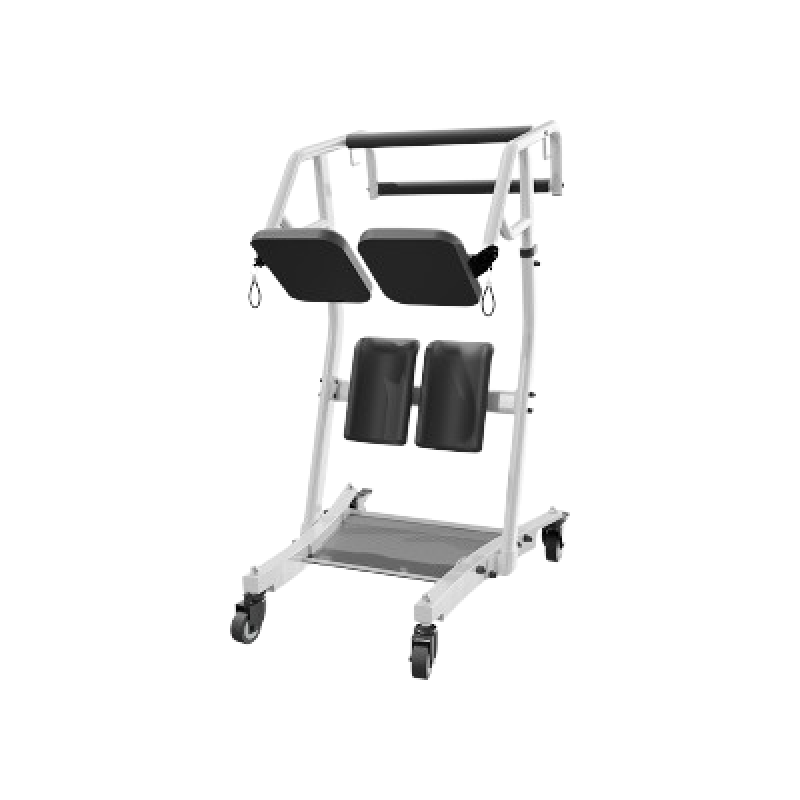
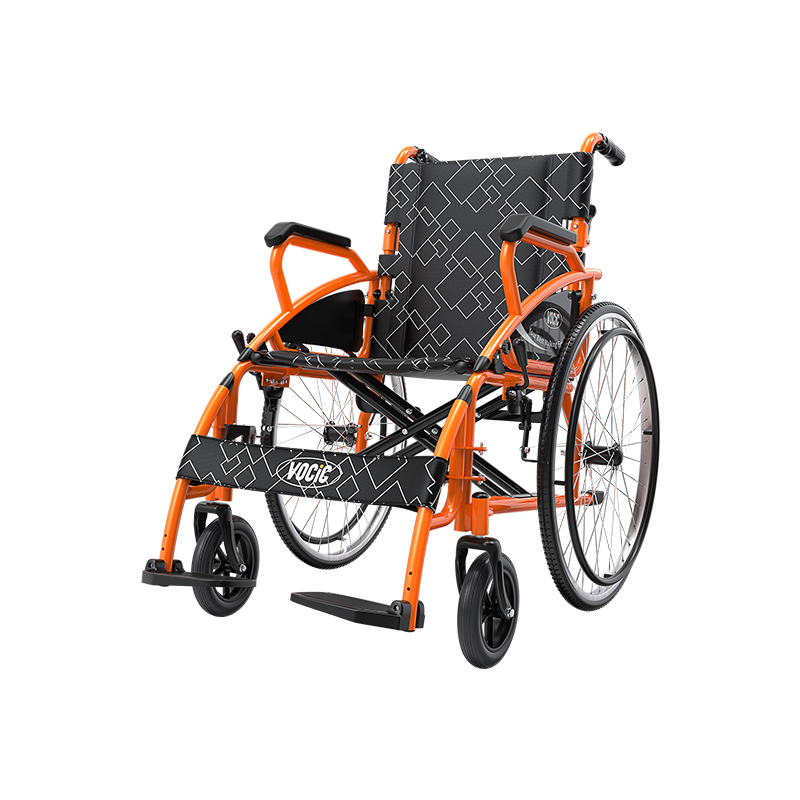

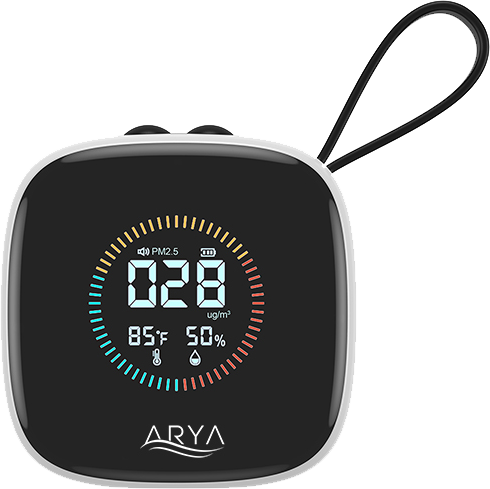
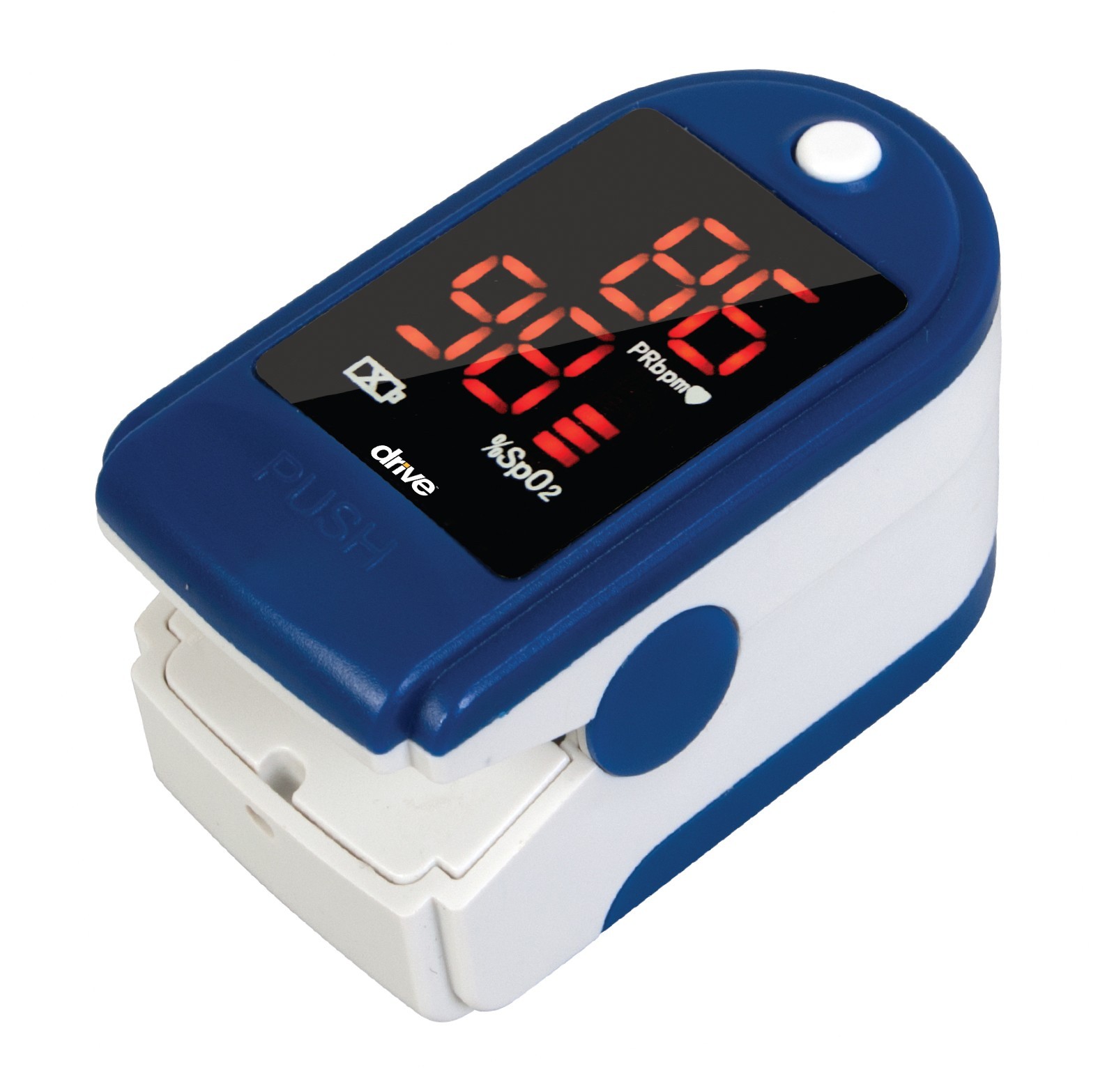

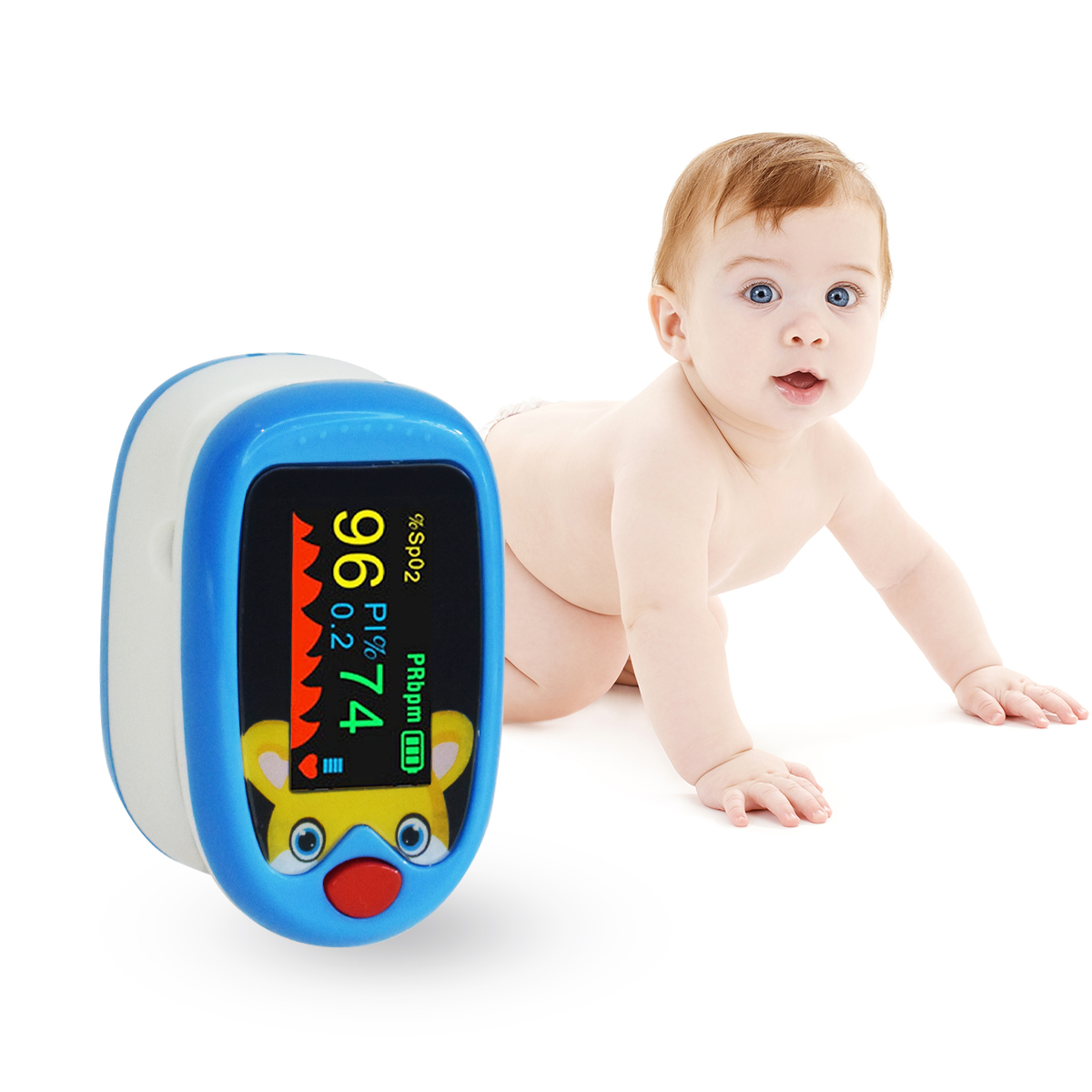
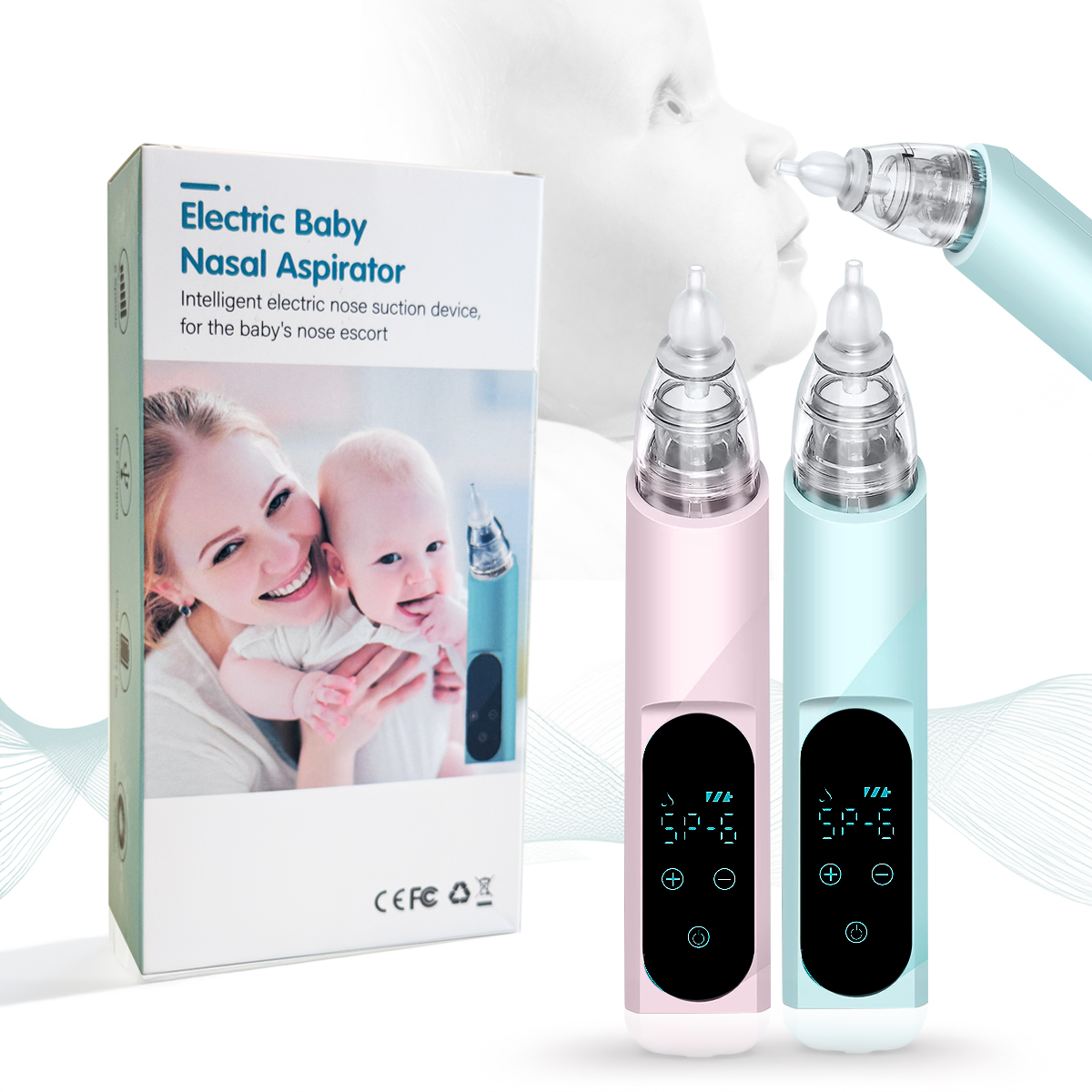
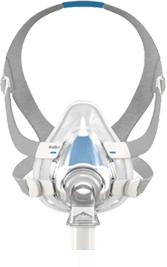
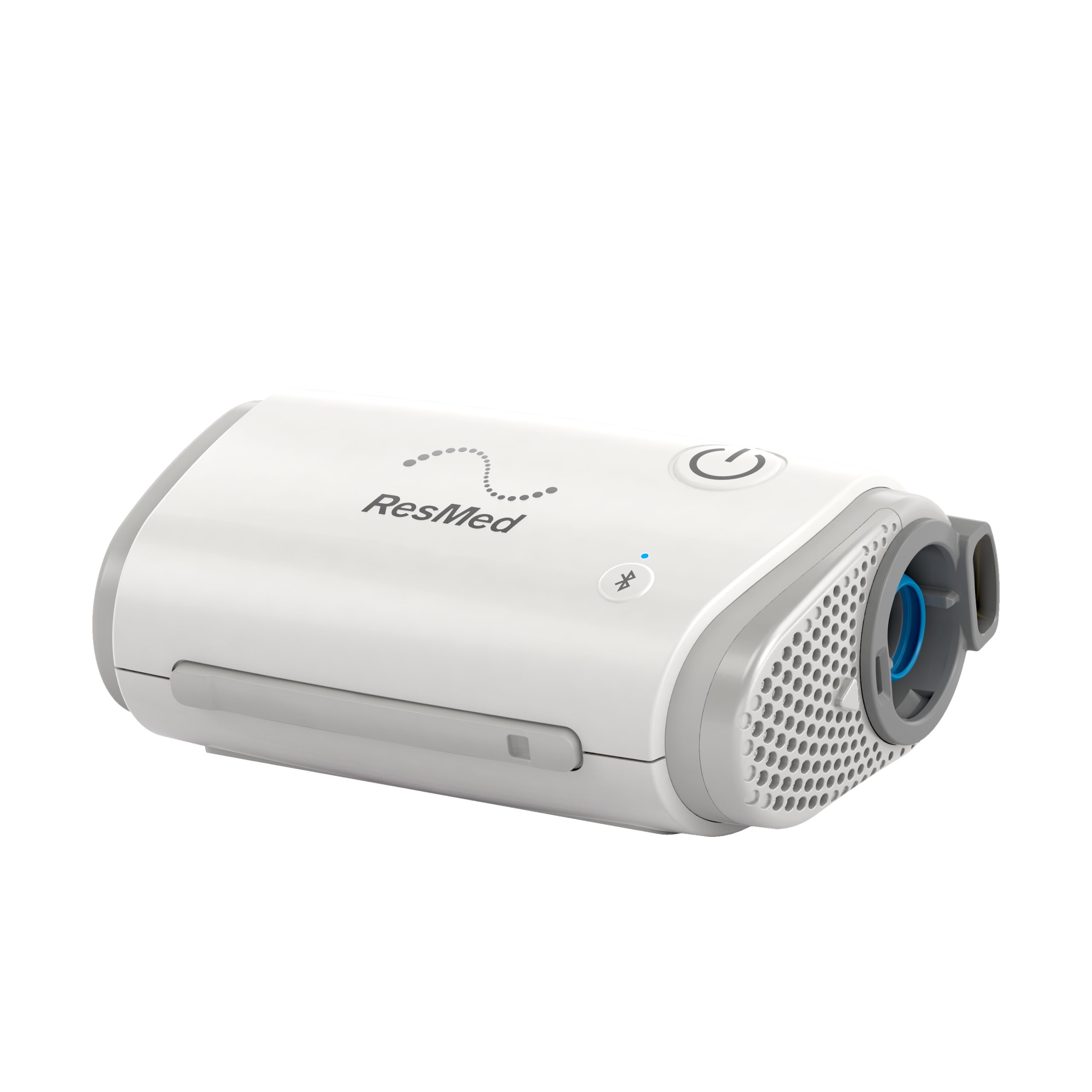
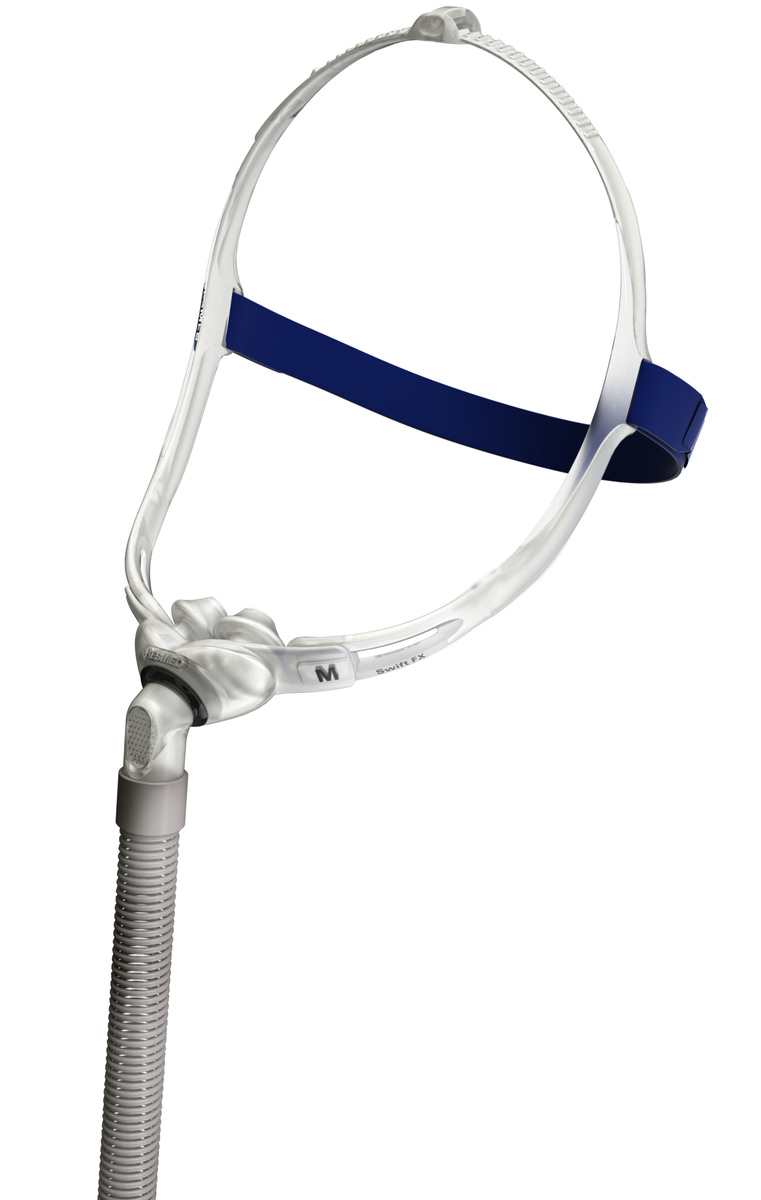
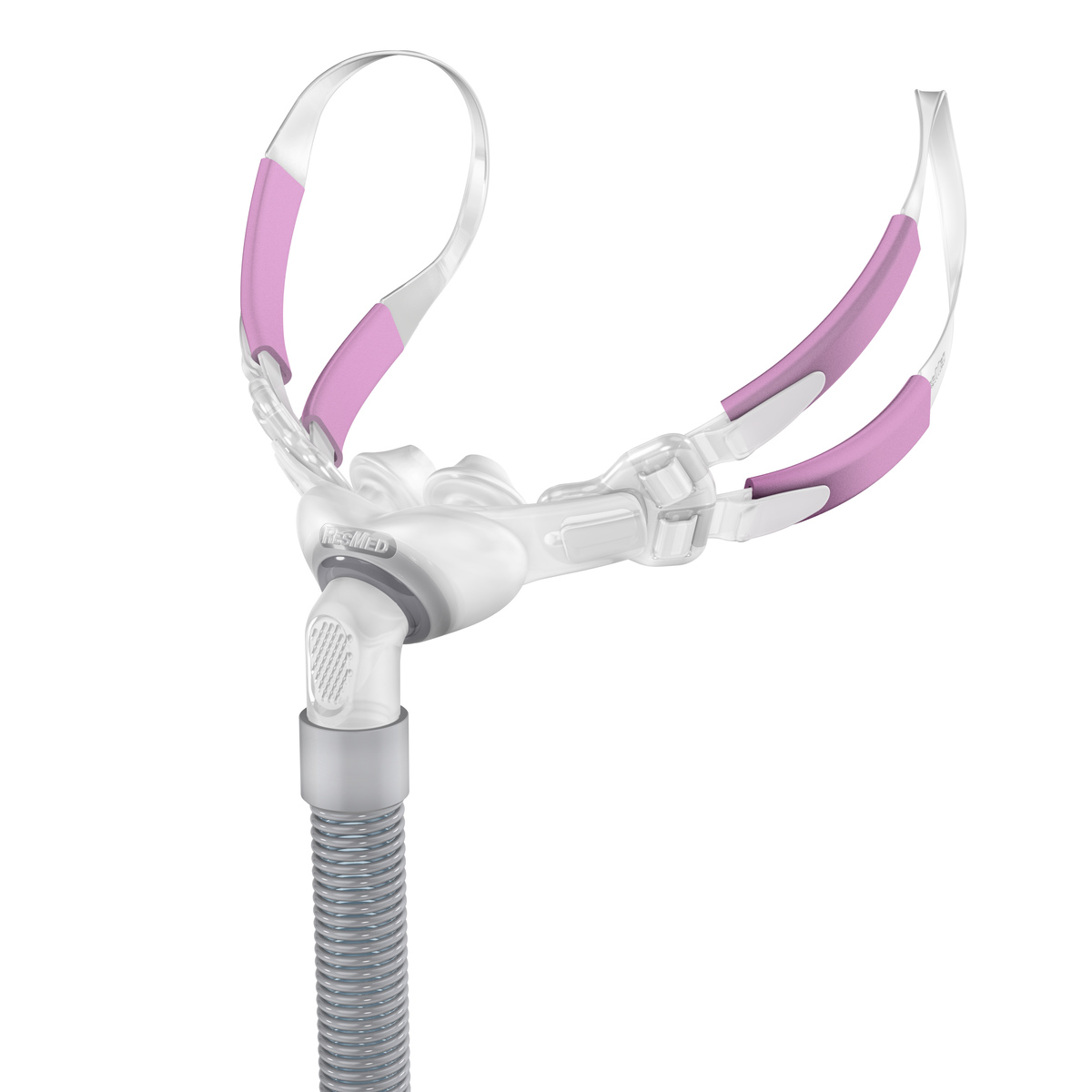
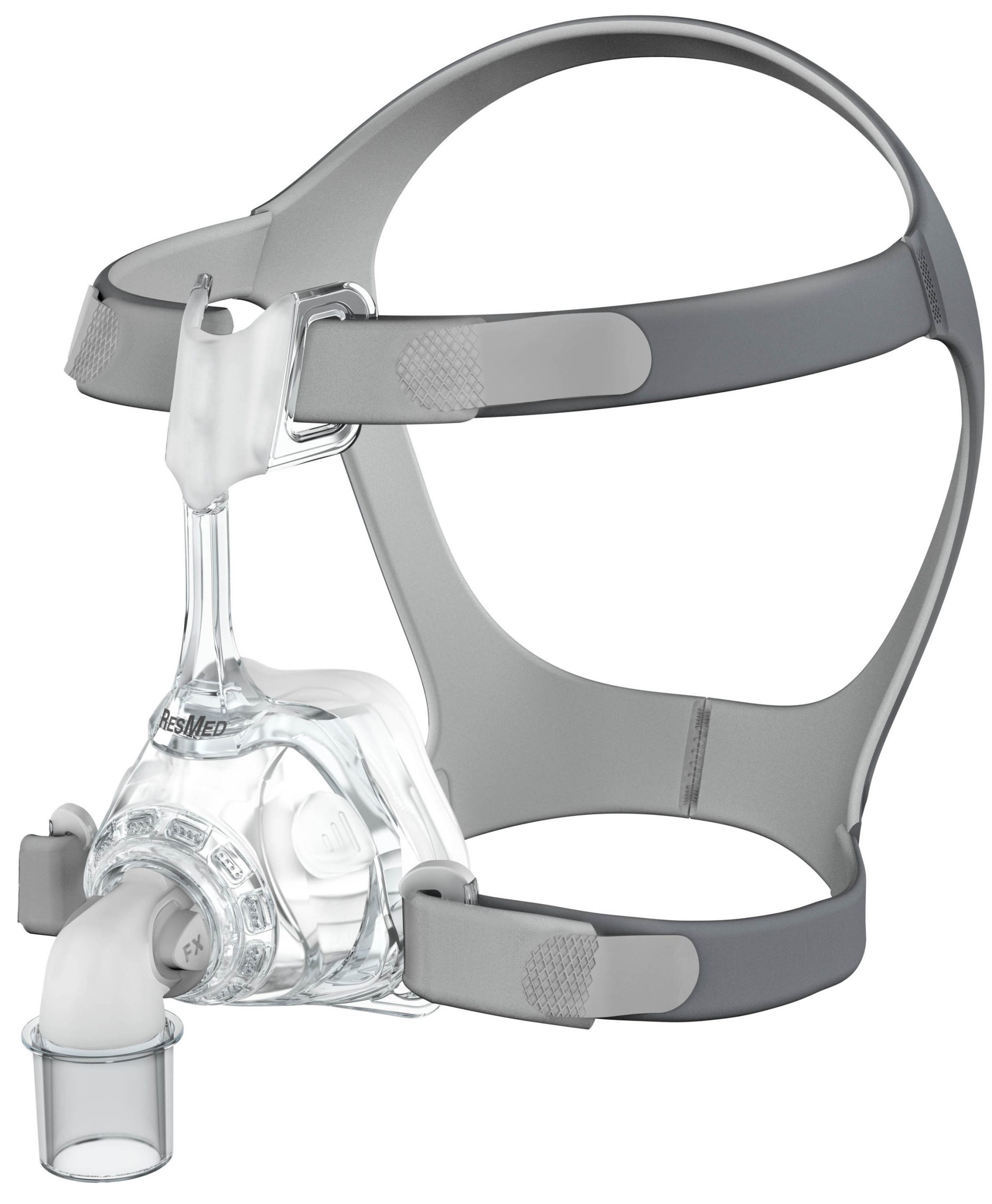
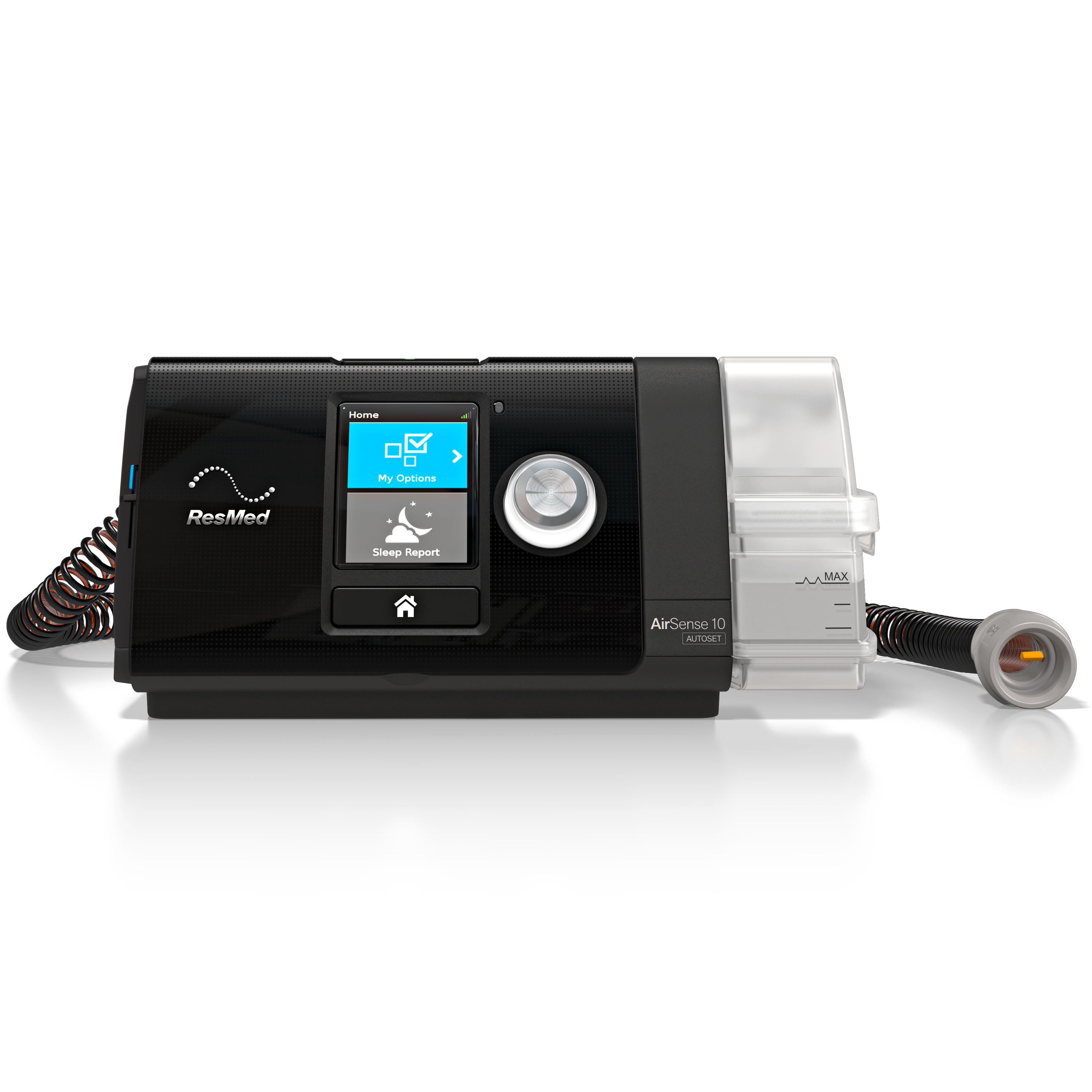
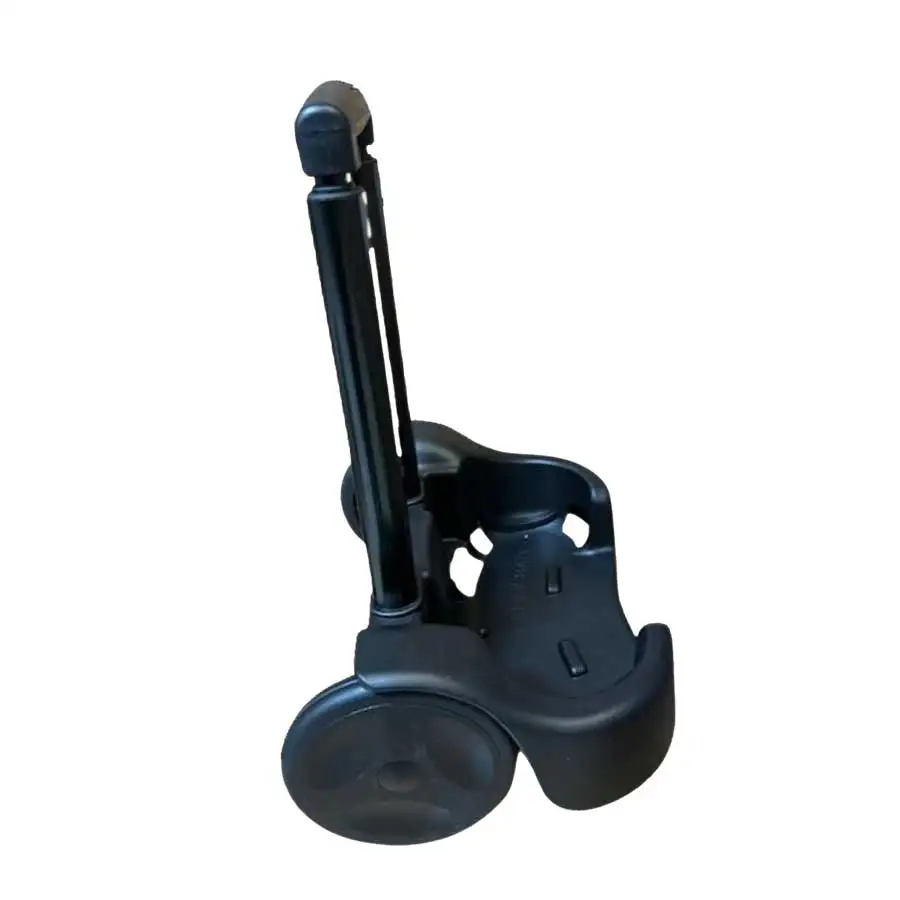
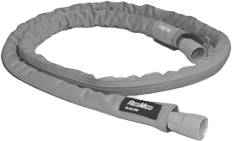
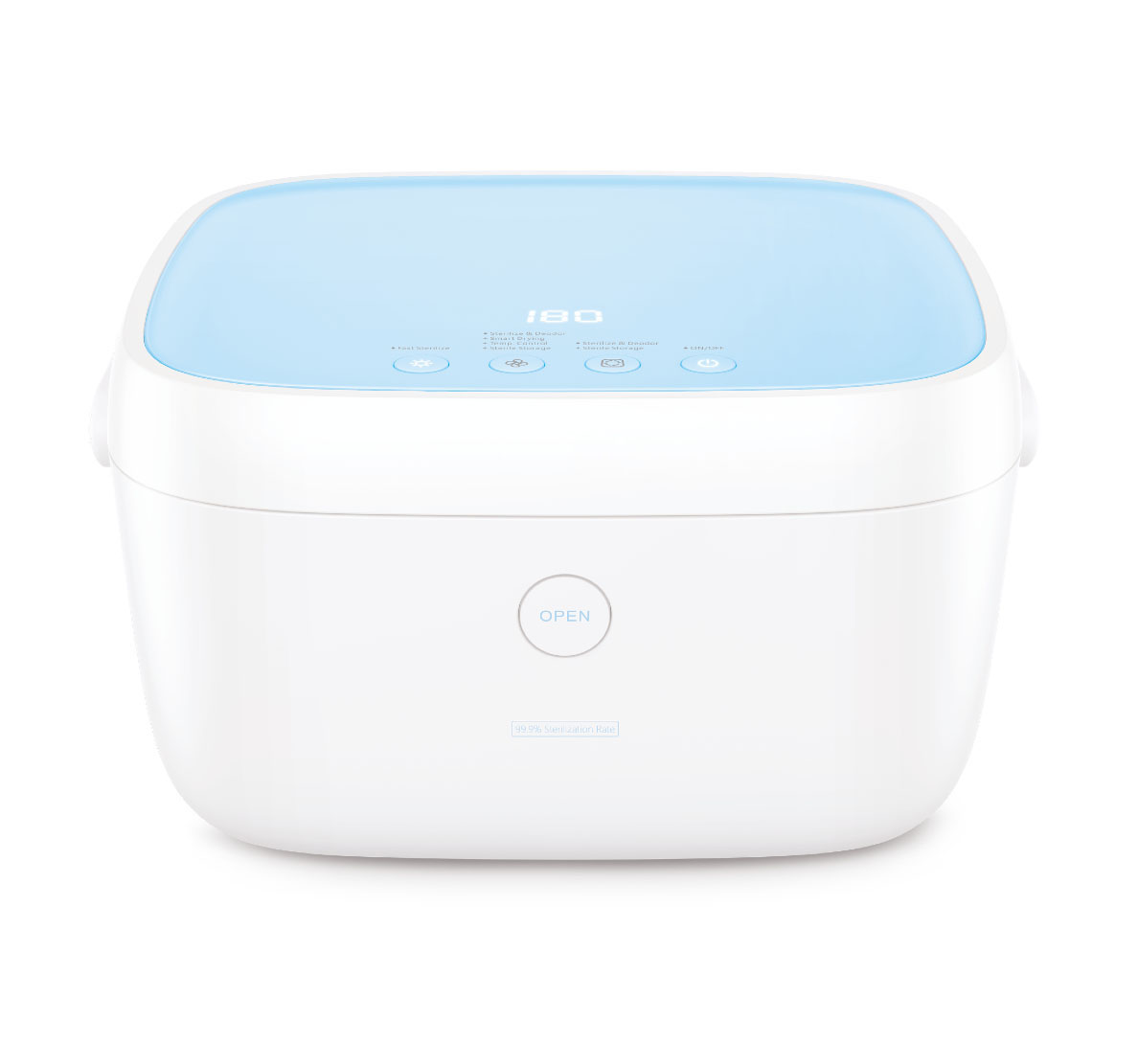
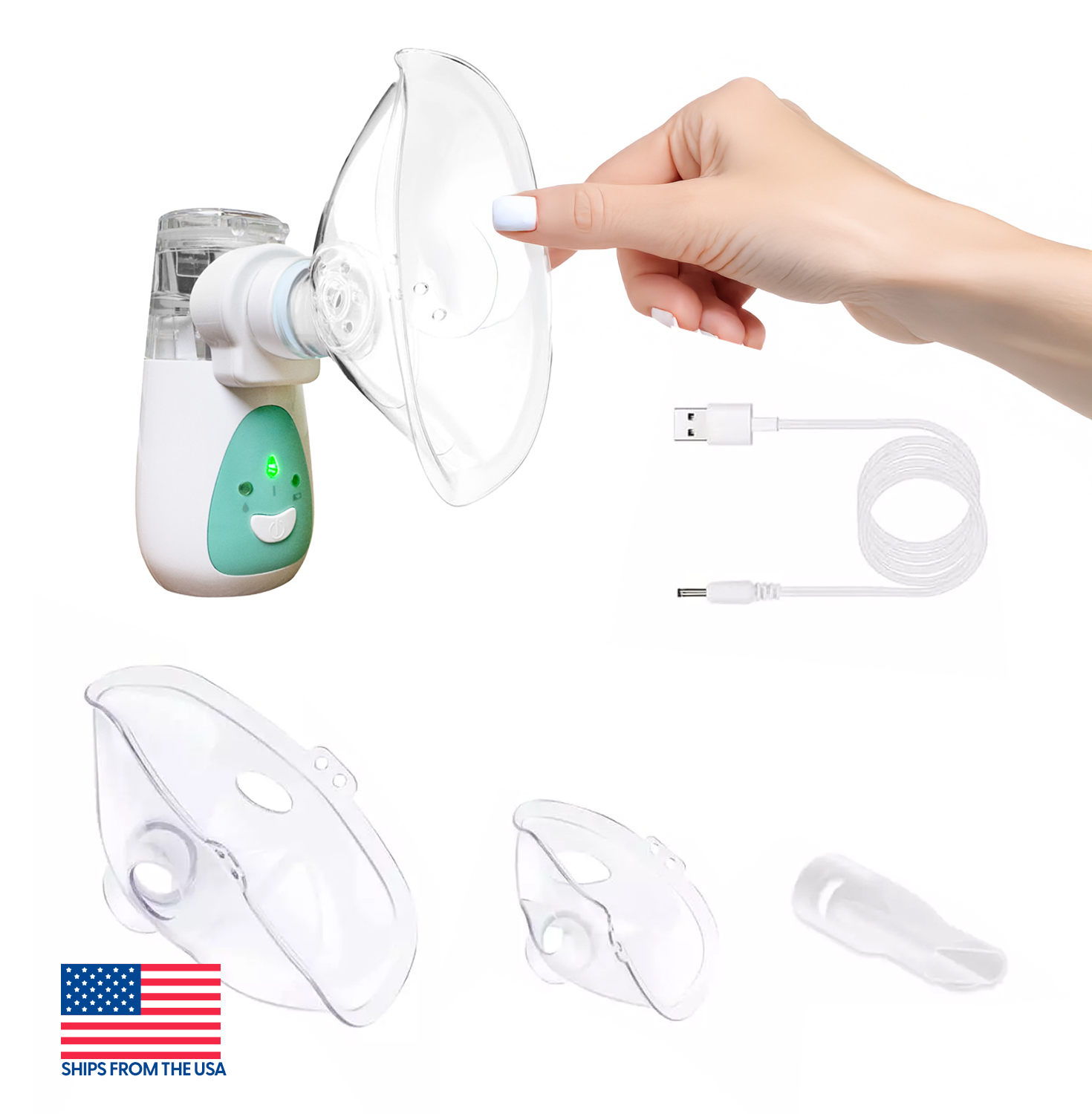
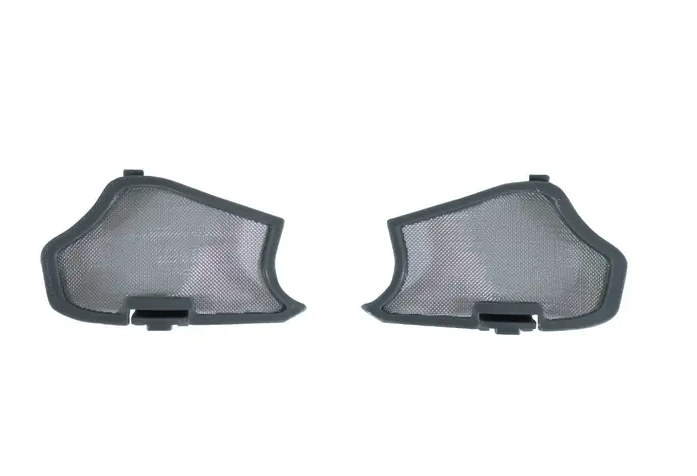

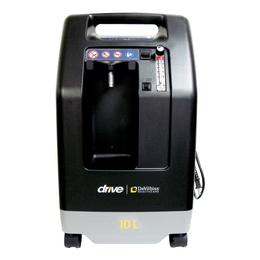
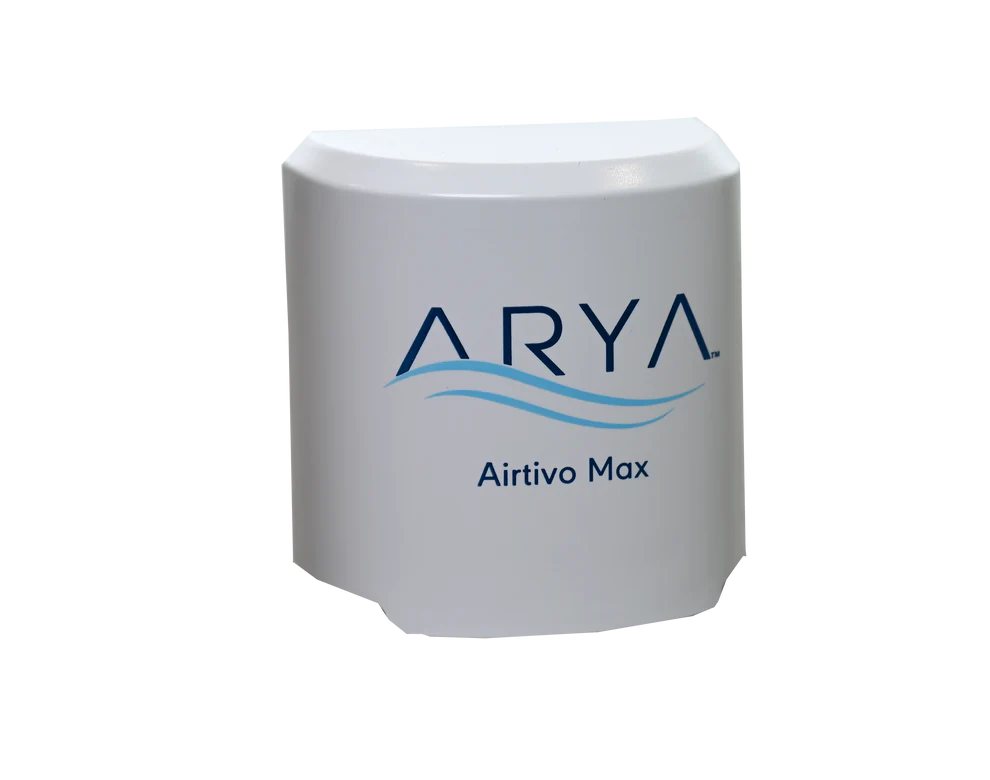
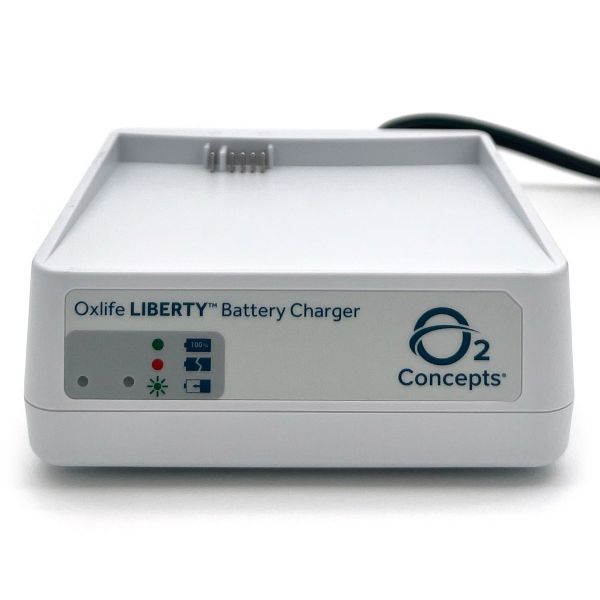
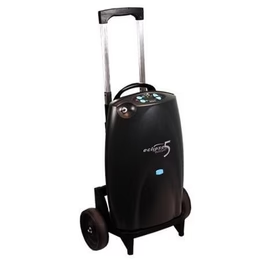
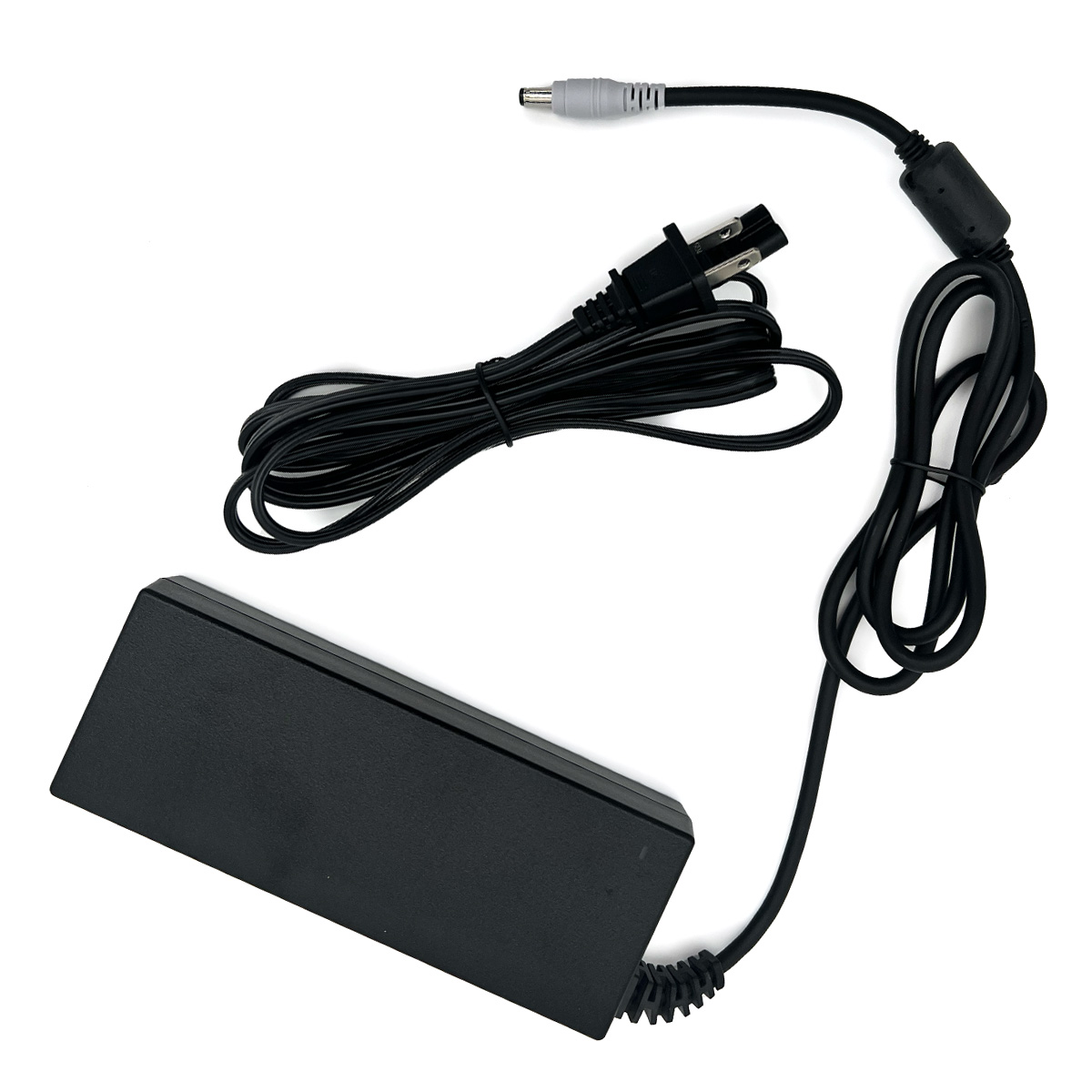
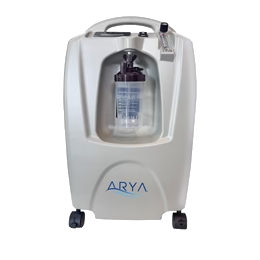
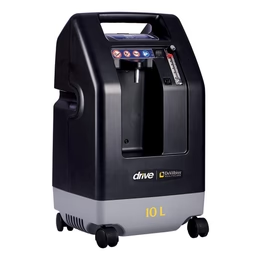
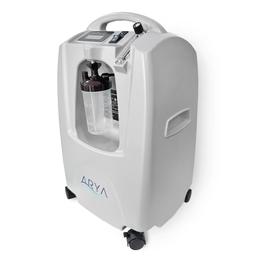
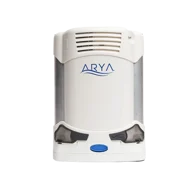
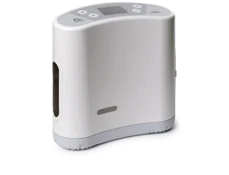
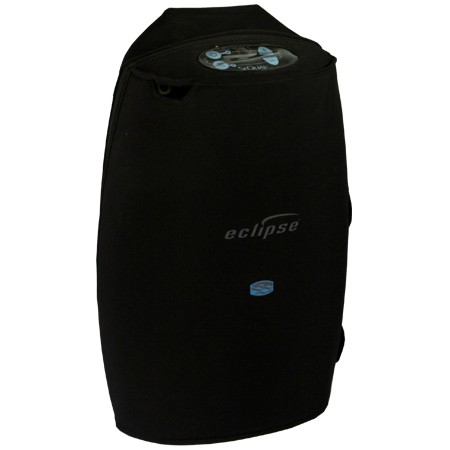
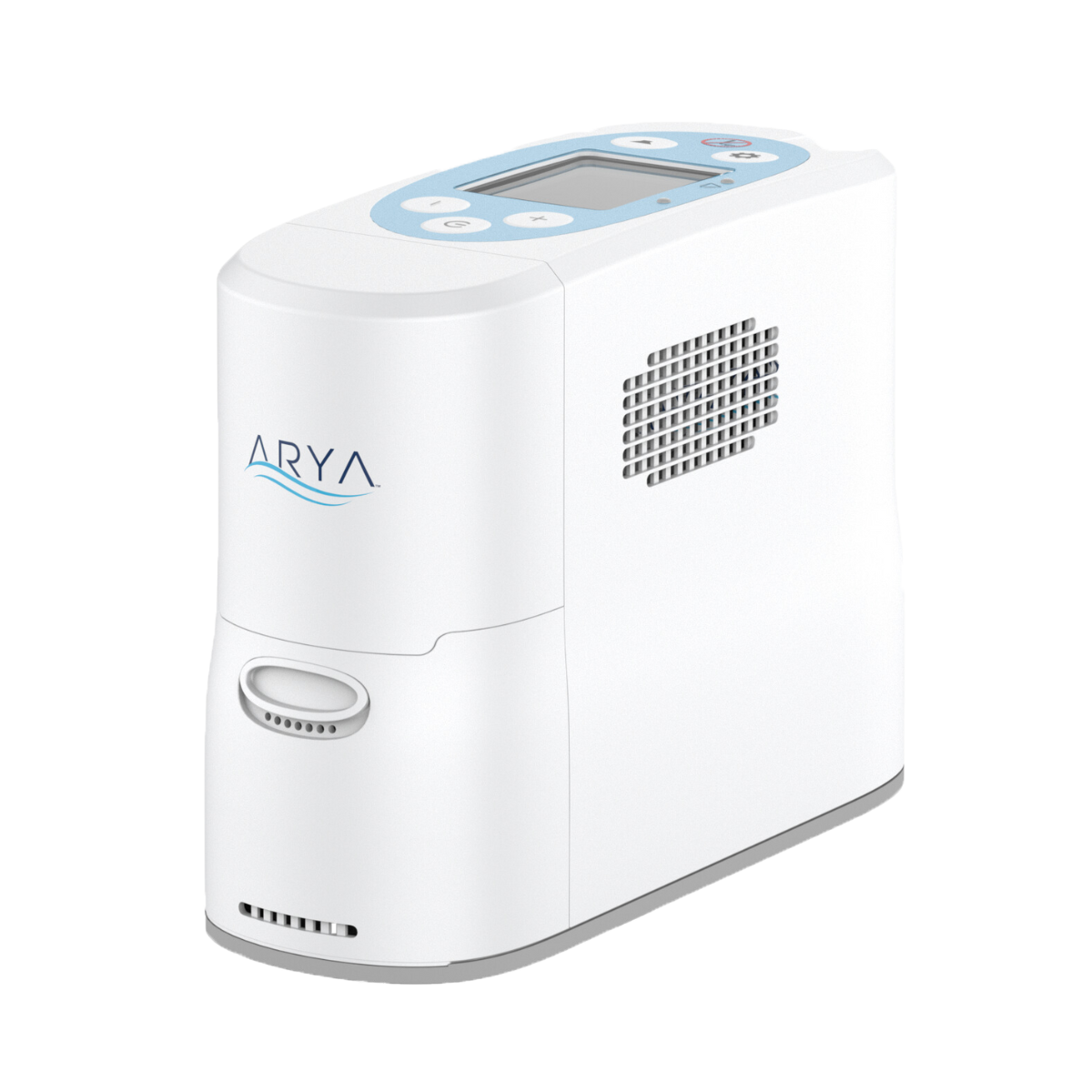
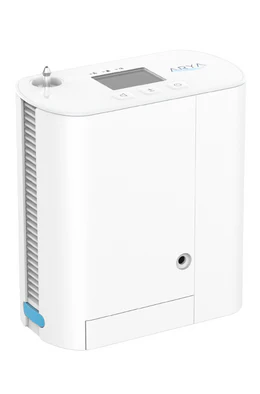
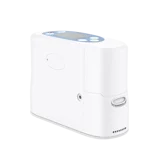
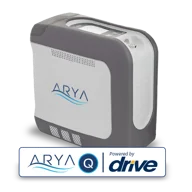
Comments are closed